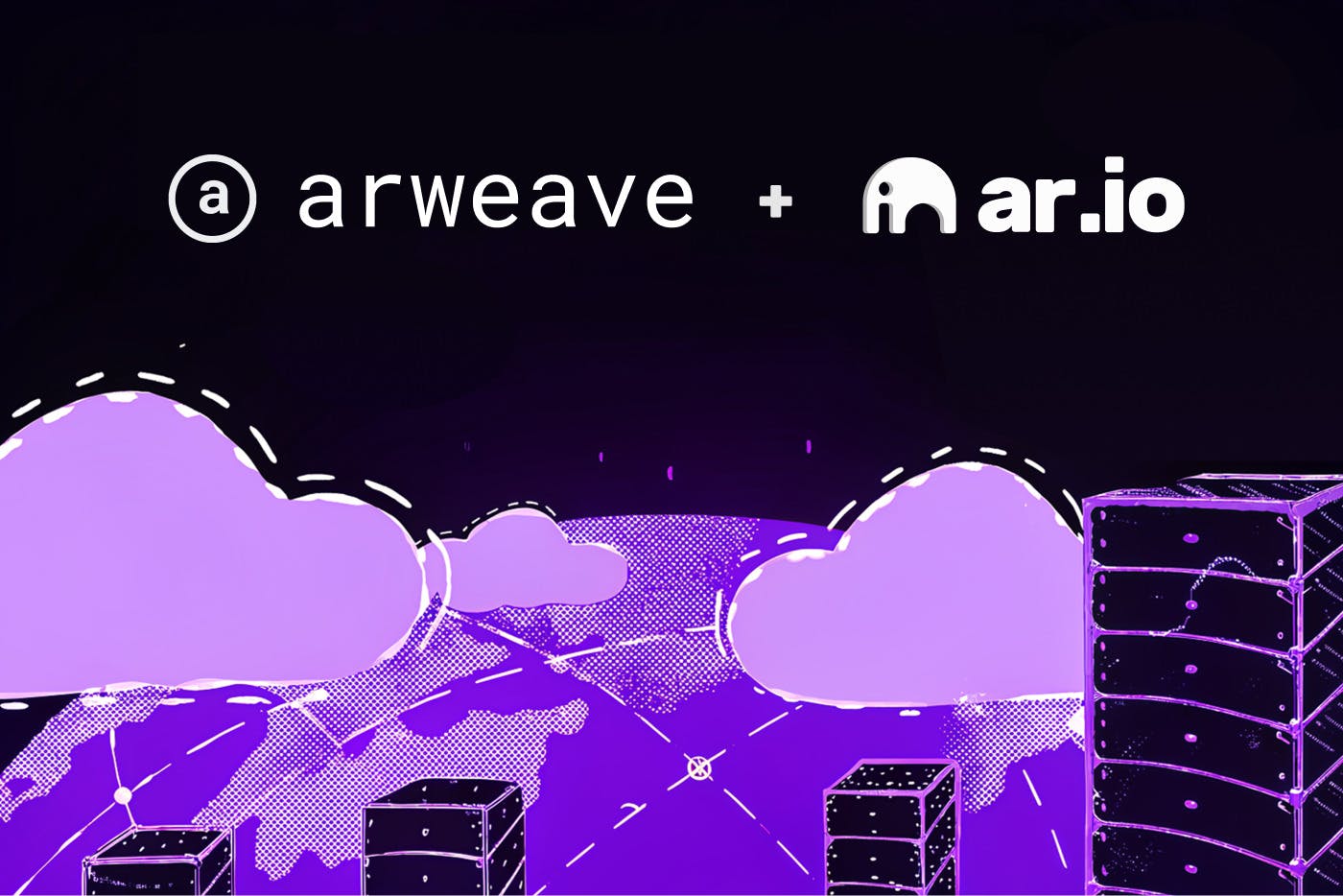When Microsoft suspended a OneDrive user's account in June, 30 years of family photos and work documents
Pew Research Center's latest
A single policy change or missed subscription payment can strand a paying customer and erase decades of memories, files, and photographs in an instant.
The evidence that proves the existence of our stored past is becoming alarmingly fragile. This fragility explains why builders are hunting for what can now be called the 'forever layer'—a substrate that treats data like an heirloom rather than a rental.
Permanent storage that actually works
Arweave and AR.IO together provide exactly this solution: permanent data storage that no corporation can delete, no subscription can expire, and no server failure can erase. Arweave serves as the foundational storage layer, while AR.IO creates the permanent cloud network that makes this data fast and accessible.
Arweave is a blockchain, a data ledger in which every new block must reference and reproduce a randomly selected 'recall block' from deep history. The consensus
AR.IO works in tandem as the gateway layer, a mesh of gateways that cache popular data, index on-chain metadata, and translate opaque transaction IDs into memorable ar:// addresses via the Arweave Name System (ArNS). To join, operators must stake the non-inflationary $ARIO token. Their uptime and latency are sampled each epoch, and traffic and rewards flow preferentially to the best performers, while sluggish nodes earn less.
Real-world use cases
Look at Hackernoon, which has already published over 1 billion words, and now all those words and stories are
When non-fungible token (NFT) marketplaces store artwork on ordinary clouds, a shuttered bucket turns tokens into empty shells. What ArDrive did in June defied that, establishing a
For regulatory tech and immutable audit trails, the forever layer is already hard at work. The compliance startup GhostChain Sentinel
When it comes to artificial intelligence, model builders are finding that training sets and checkpoints require a tamper-proof home just as much as source code. Labs can now pin the raw data, preprocessing scripts, and successive weight files to Arweave. Outside reviewers can reproduce results byte-for-byte years after the first paper appears. Secret Network has already
As large language models, historians and policymakers lean on born-digital material to interpret everything from election cycles to climate trends, every vanished dataset skews the collective record. Memory holes won't announce themselves—they'll warp analysis silently and ensure future observers build on a foundation riddled with informational gaps.
Permanent storage is the key scaffolding for reproducible science, accountable governance, and removing the monetary and sentimental risks that the impermanent internet currently offers.
Humanity's digital memory is only as strong as its weakest 404 link. Arweave's permanent storage removes that break point, and AR.IO's gateway mesh serves the content with Web2 speeds and human-readable names.
If your application, dataset, or story deserves to outlive you, the path is already open: upload your files, build that next disruptive app, pay once, claim an ArNS domain, and walk away from renewal invoices for good. Self-sovereignty is crucial, and a forever layer is key to a secure AI future. The only real question now is whether your data will reach the forever layer before your next link goes dark.


